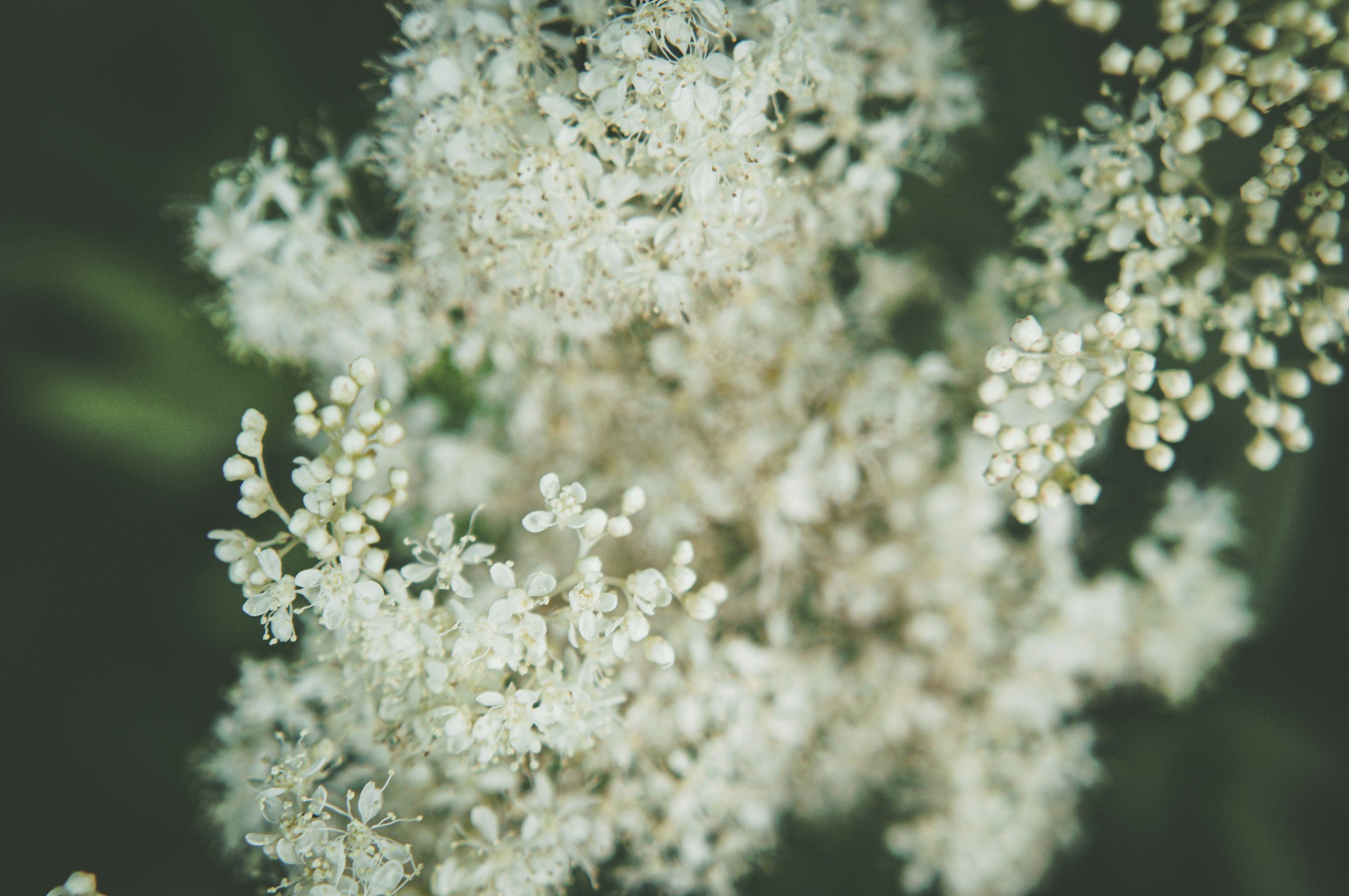
Meadowsweet
Meadowsweet (Filipendula ulmaria)
Plant family
Rosaceae
Other significant names
Queen of the Meadow
Parts used
Herba (flowering stage)
Typical forms of prescription
Infusion
Tincture
Meadowsweet (Filipendula ulmaria) – Clinical Snapshot
Primary Actions
Anti-rheumatic
Analgesic
Anti-inflammatory
Stomachic (supports digestion)
Carminative (relieves flatulence)
Antiemetic (prevents nausea)
Astringent
Anti-coagulant
Diuretic
Diaphoretic (promotes sweating)
Primary Indications
Digestive issues:
Nausea
Gastric and peptic ulcers
Diarrhoea
Gastritis
Heartburn/hyperacidity
Rheumatism affecting joints
⚠️Cautions / Safety⚠️
High in salicylates, avoid if sensitive or taking other salicylate-containing medications
Caution in:
Asthmatics
Patients on NSAIDs or blood thinners (due to potential interactions)
Caution during pregnancy
Filipendula ulmaria
Phytochemistry and Pharmacology
Salicylates
Includes: Methyl salicylate, salicin, salicylaldehyde
Action: Anti-inflammatory, analgesic, antipyretic
Use: These aspirin-like compounds provide pain-relieving, anti-inflammatory, and fever-reducing actions, especially useful in musculoskeletal pain, headaches, arthritis, and inflammatory digestive conditions. Unlike synthetic salicylates, those in meadowsweet are buffered by mucilage and tannins, making them gentler on the stomach.
Flavonoids
Includes: Quercetin, kaempferol, rutin
Action: Antioxidant, anti-inflammatory, antiallergic
Use: Flavonoids help protect tissues from oxidative stress, calm histamine responses, and reduce capillary fragility. This supports meadowsweet’s use in inflammatory bowel conditions, gastritis, and seasonal allergies.
Tannins
Action: Astringent, anti-inflammatory, toning
Use: Tannins provide astringency and tissue-tightening, which is helpful in diarrhoea, gut inflammation, and excess secretions. They also support mucosal healing and reduce irritation, especially in the gut and urinary tract.
Volatile Oils
Includes: Salicylaldehyde, vanillin
Action: Carminative, aromatic
Use: These aromatic compounds support digestive comfort by reducing cramping and bloating, while also lending a pleasant flavour and aroma to herbal formulas.
Phenolic Glycosides
Includes: Spiraeoside
Action: Anti-inflammatory, mild diuretic
Use: These contribute to the overall anti-inflammatory and fluid-modulating effects of meadowsweet, supporting its use in joint conditions, urinary tract inflammation, and fluid retention.
Traditional use
Meadowsweet has long been prized in European herbal traditions as a febrifuge, digestive tonic, and remedy for internal bleeding or vomiting. It was historically used to ease colic, settle the stomach, and cool fevers. With its gentle, uplifting scent and soothing properties, it was considered a key herb for heat and tension. In medieval times, meadowsweet was strewn on floors during festivals for its pleasant aroma and calming energy—one of the three sacred herbs of the Druids, along with vervain and water mint.
Clinical description
Meadowsweet is considered a specific for digestive system support, and is frequently used in cases of:
Acid reflux
Gastritis
Heartburn
Nausea
General indigestion
Unlike pharmaceutical aspirin, which can irritate the stomach lining, meadowsweet’s high salicylate content is buffered by protective mucilage and tannins, making it an anti-inflammatory and analgesic that soothes rather than aggravates the digestive tract.
Key actions include:
Anti-inflammatory and analgesic – useful in fevers, headaches, rheumatism, and muscle pain
Astringent and toning – helpful in diarrhoea and conditions with excessive digestive dampness
Mild diuretic – useful in fluid retention or urinary tract inflammation
It is best taken as an infusion, especially for sensitive or inflamed digestion, as alcohol-based preparations may be too harsh. Meadowsweet is flavoursome, making it well tolerated and easy to blend in digestive or fever-supporting herbal teas.
Cultivation/harvesting
Meadowsweet is a hardy perennial that thrives in moist meadows, stream banks, and damp hedgerows. It prefers full sun to partial shade and rich, wet soils, making it an excellent addition to cottage gardens and herbal wetland beds.
Harvest the flowering tops and upper leaves when the plant is in full bloom, typically mid to late summer.
Choose a dry day with freshly opened flowers for the best aroma and medicinal content.
Dry rapidly in thin layers in a warm, well-ventilated space, avoiding slow drying, which can develop dicoumarins—potent blood-thinning compounds that may cause bleeding issues or interact negatively with anticoagulant medications.
Store dried meadowsweet in airtight containers away from light and heat, labelling with harvest dates to ensure freshness.
Key Botanical Features of Meadowsweet (Filipendula ulmaria)
Growth
Type: Perennial herb.
Size: Typically grows 1–2 meters (3–6.5 feet) tall.
Stem: Erect, reddish, and slightly angular, often branching at the top.
Leaves
Type: Pinnately compound, alternate.
Shape: Each leaf comprises several pairs of serrated leaflets with a larger terminal leaflet.
Size: 5–25 cm (2–10 inches) long.
Margins: Deeply serrated.
Texture: Soft and slightly wrinkled, with a delicate downy underside.
Colour: Dark green on top, silvery underneath.
Aroma: Sweet, almond-like scent when crushed, due to the presence of salicylates.
Flowers
Type: Small, creamy-white, and clustered in dense, fluffy, pyramidal inflorescences.
Size: Individual flowers are about 5 mm (0.2 inches) in diameter, while inflorescences can be 10–20 cm (4–8 inches) tall.
Petals: Five, rounded, and delicate.
Stamens: Numerous, long, and protruding, giving a frothy appearance.
Scent: Sweet and strong, reminiscent of honey and almonds.
Blooming Period: Late spring to mid-summer (June–August).
Pollination: Attracts bees, flies, and other pollinators.
Fruits & Seeds
Fruit Type: Spiral-shaped, dry, and indehiscent (does not split open).
Size: Tiny, about 2–3 mm (0.1 inches) long.
Colour: Light brown when mature.
Dispersal: Primarily by wind and water.
Roots
Type: Creeping rhizomes, allowing for vegetative propagation.
Function: Helps the plant spread in moist environments.
Habitat & Growth Conditions
Climate: Prefers temperate climates, thriving in cool, moist environments.
Soil: Grows best in moist, rich, loamy, or clay soils.
Sunlight: Prefers full sun to partial shade.
Water Requirements: Requires damp or wet conditions, often found in meadows, riverbanks, ditches, and marshes.
Distribution: Native to Europe and Western Asia, naturalised in North America.
Sustainability/conservation
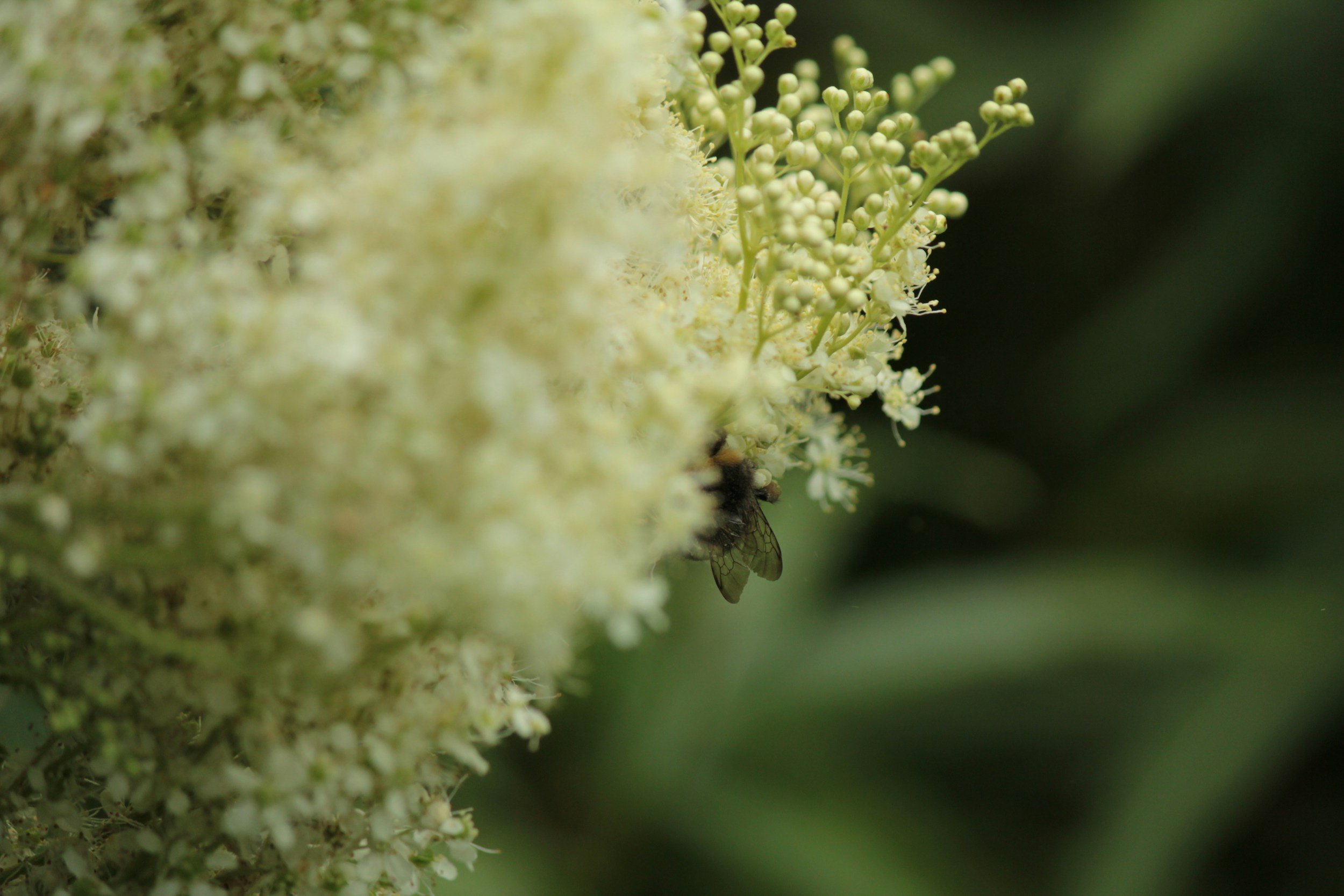
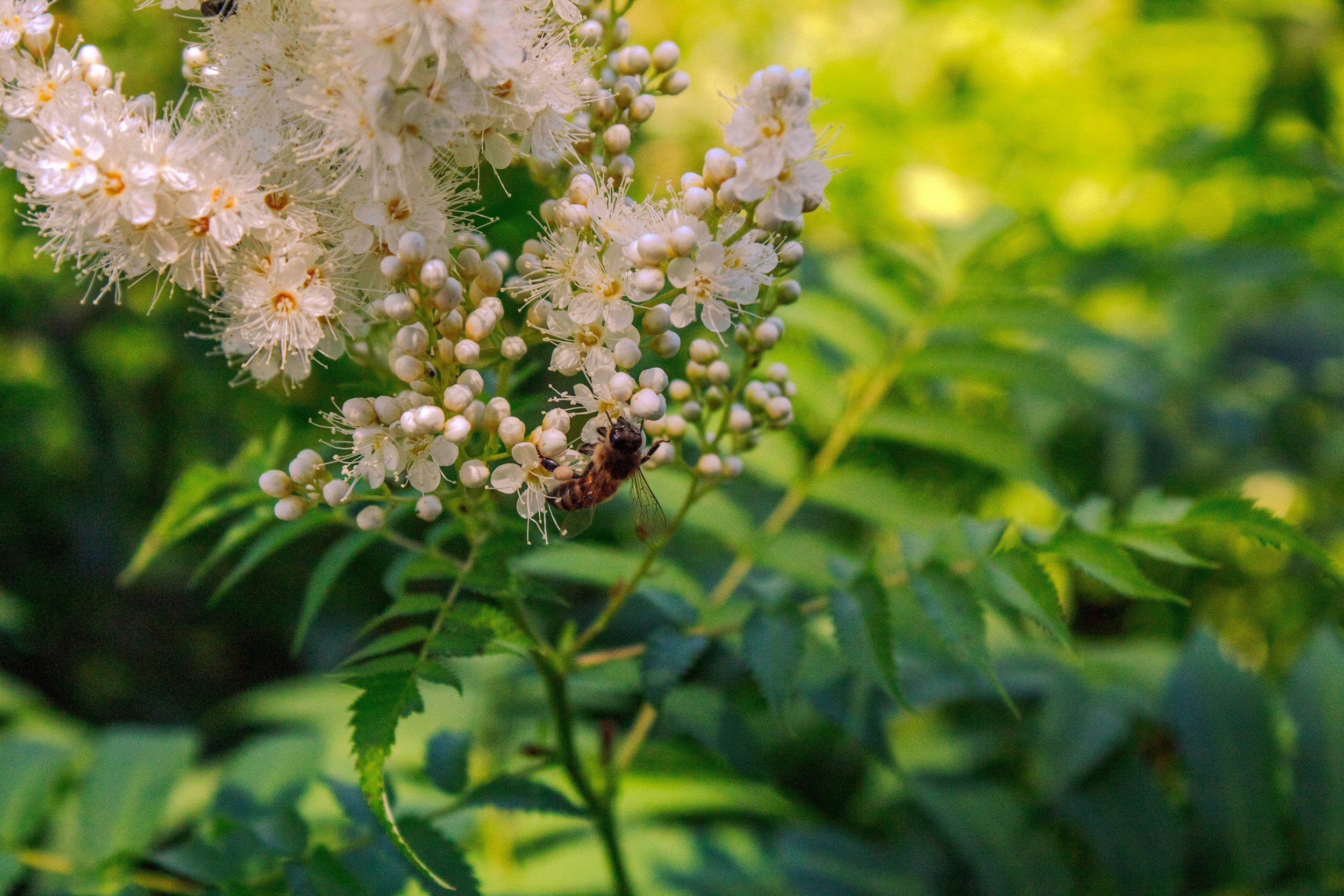
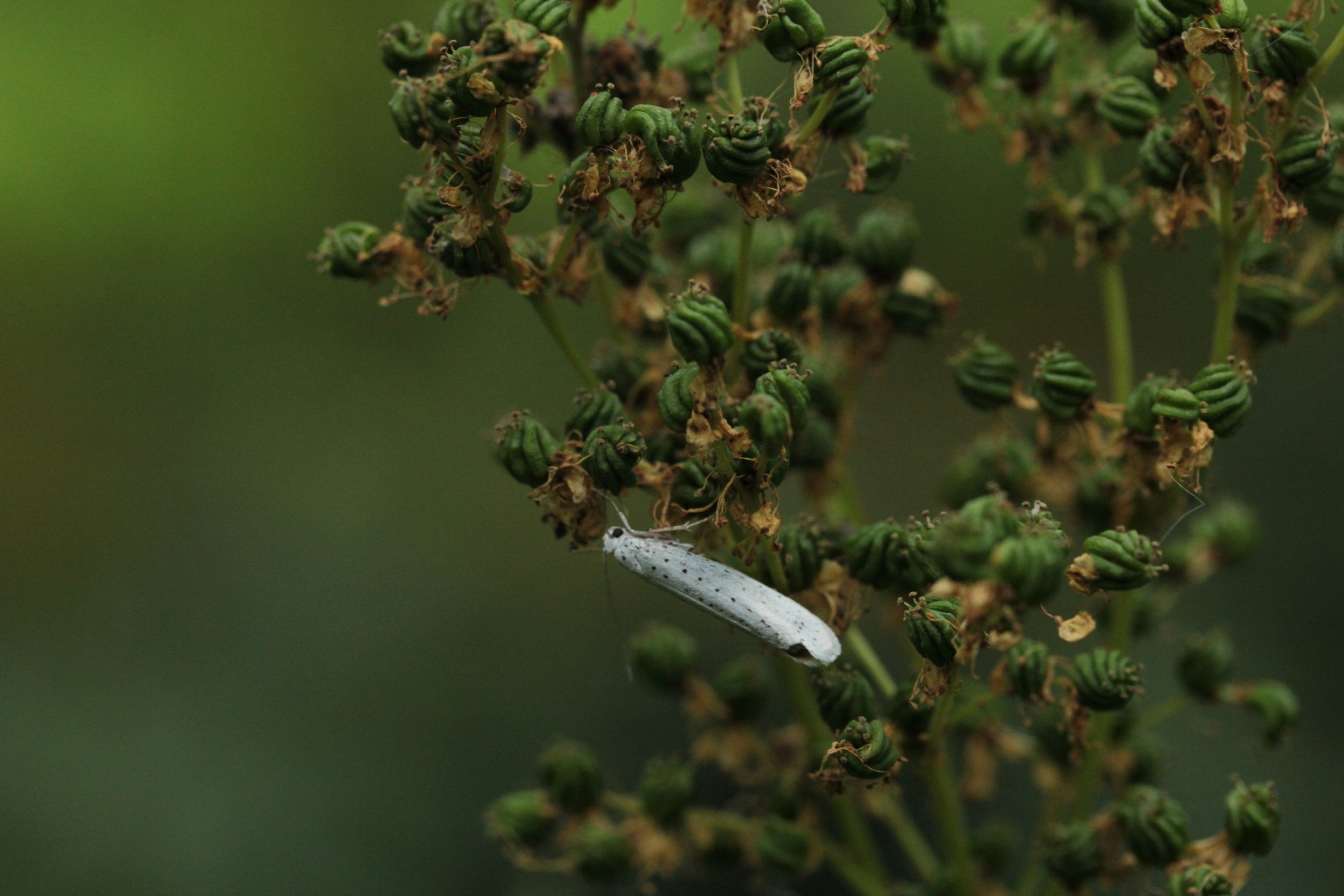
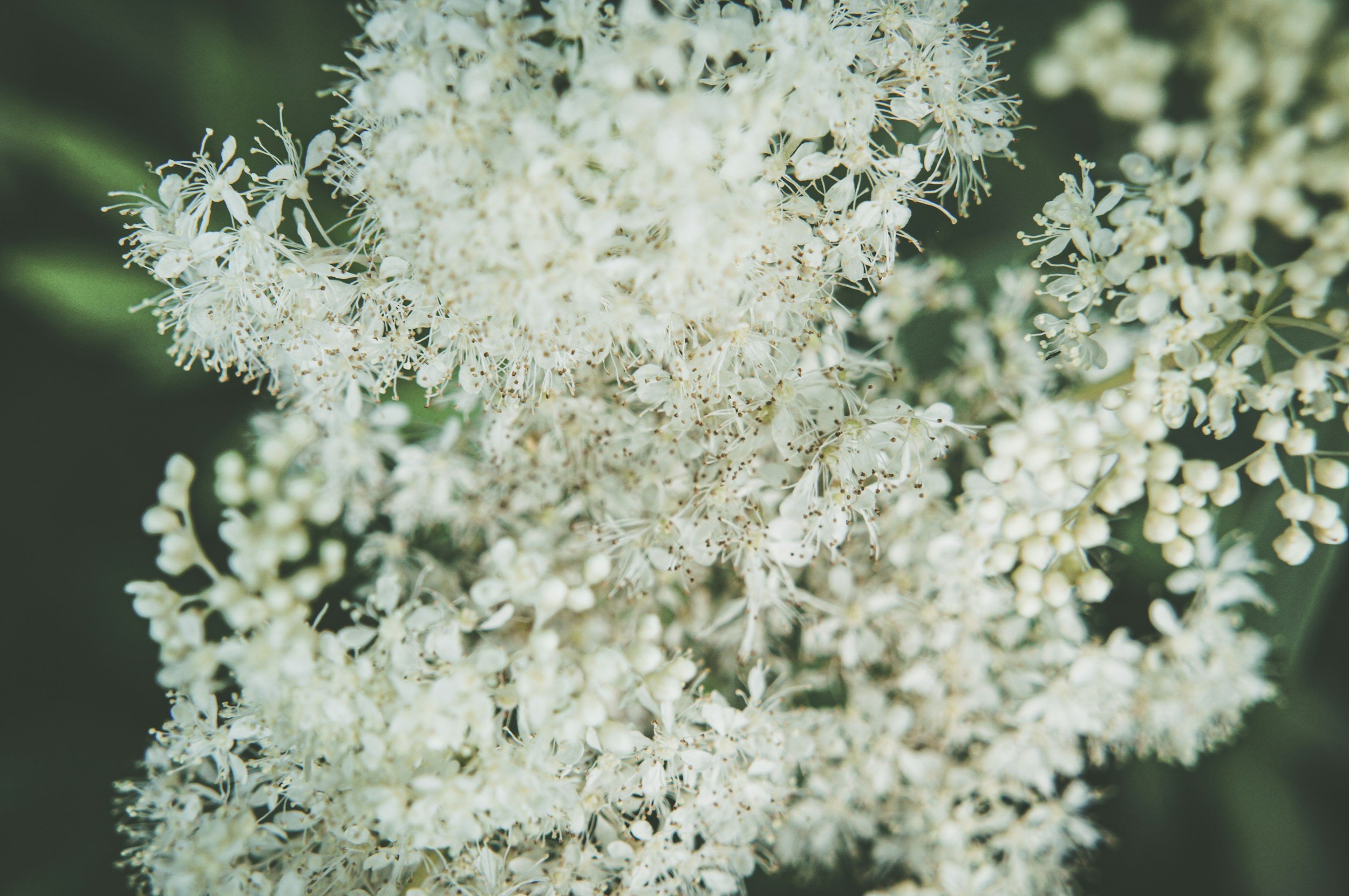
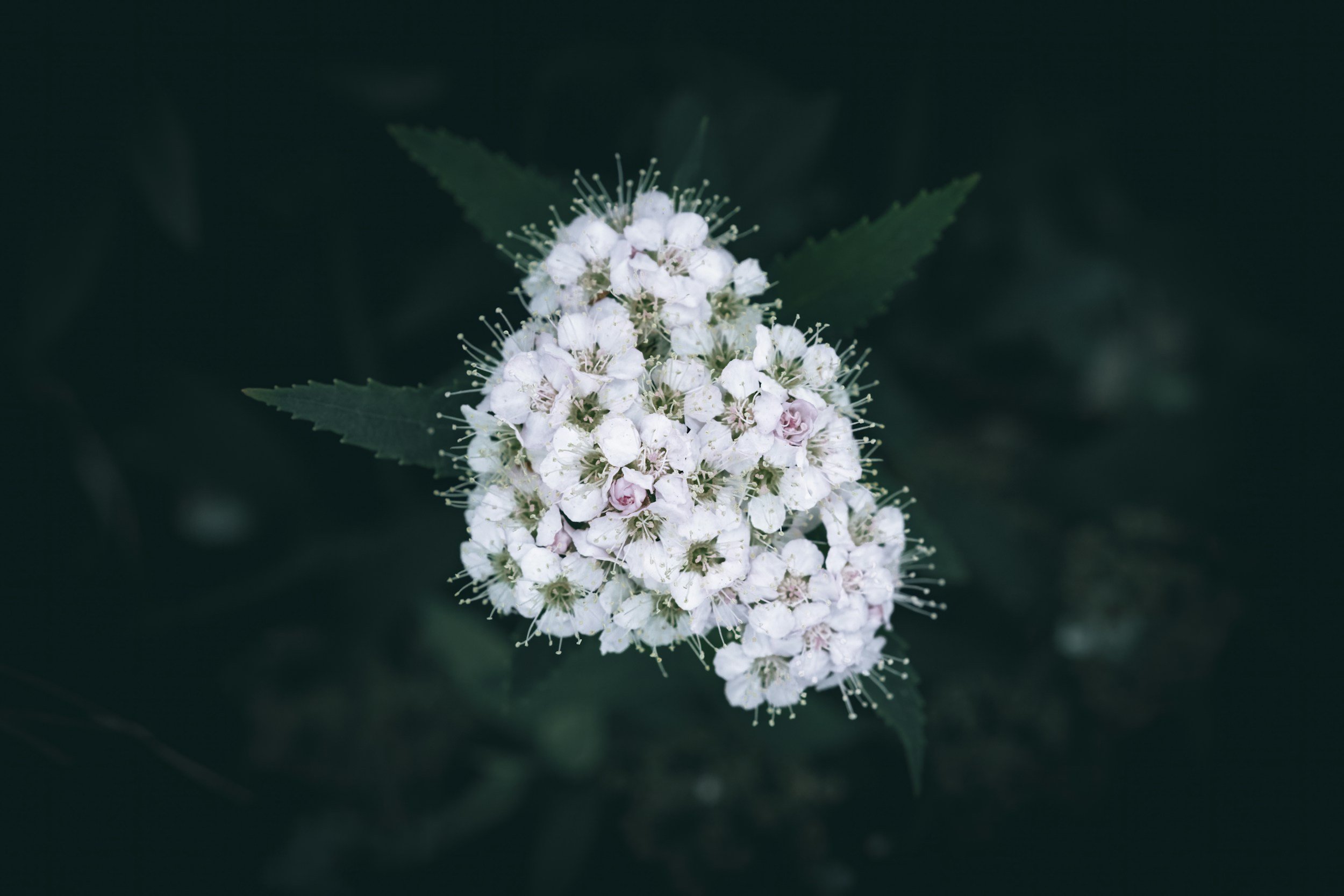
Sources
Bartram, T. (1998). Bartram’s Encyclopedia of Herbal Medicine. Constable.
Fisher, C. (2009). Materia Medica of Western Herbs, (2018 edition). Finchley Road, London. Aeon Books.
Hedley, C & Shaw, N. (2020). A herbal book of making and taking. Finchley Road, London. Aeon Books.
Hoffmann, D. (2003). Medical Herbalism: The Science and Practice of Herbal Medicine. Healing Arts Press.
McIntyre, A. (2019). The complete herbal tutor, revised and expanded edition. Finchley Road, London. Aeon Books.
Plants of the World Online | Kew Science. (n.d.). Plants of the World Online. https://powo.science.kew.org/
Disclaimer: This page is for educational purposes only. Consult a qualified medical herbalist before using herbs, especially during pregnancy, when trying to conceive, while breastfeeding, for medical conditions, or with children.
Read the full disclaimer → Medical Disclaimer.





